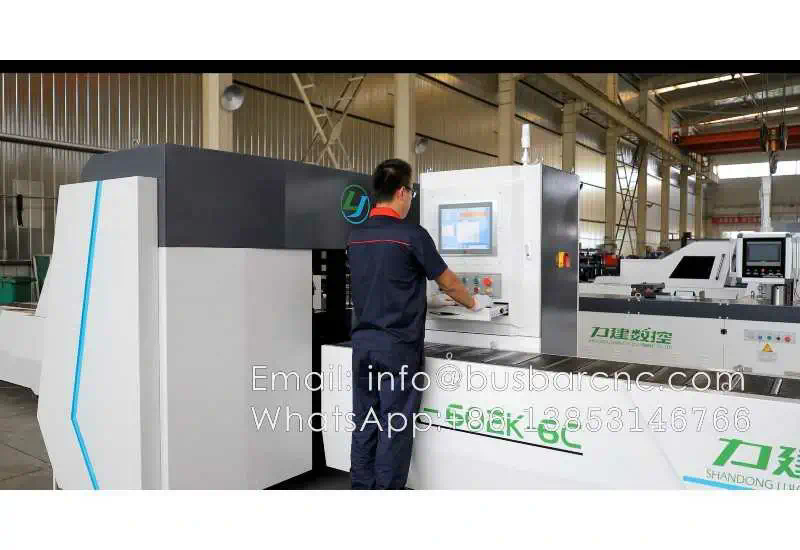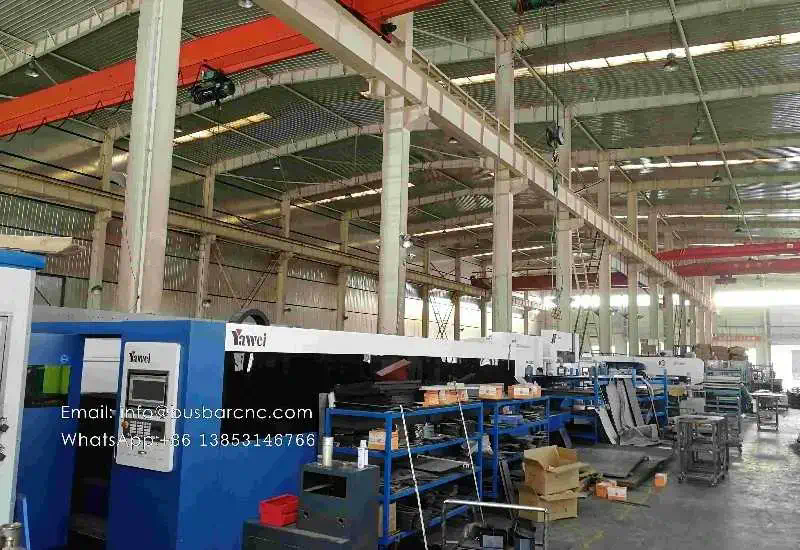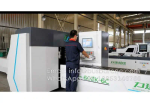Automated tool change systems for CNC machine tools have revolutionized the manufacturing industry, offering increased efficiency, flexibility, and productivity. These automated systems enable CNC machines to swap out tools quickly and seamlessly, reducing downtime and enhancing overall production capabilities. In this article, we will explore the benefits, challenges, and advancements in automated tool change systems for CNC machine tools, shedding light on their impact on modern manufacturing processes.

Advantages of Automated Tool Change Systems
Automated tool change systems offer a myriad of advantages for CNC machine tools. One of the most significant benefits is the reduction of setup time and downtime between tool changes. Traditional manual tool changes can be time-consuming and labor-intensive, requiring operators to stop the machine, manually swap out tools, and recalibrate the equipment. With automated tool change systems, this process is streamlined, allowing for rapid tool changes without operator intervention. This results in increased machine utilization and overall productivity.
Additionally, automated tool change systems contribute to enhanced precision and repeatability in machining operations. By utilizing precise positioning and calibration mechanisms, these systems ensure that tools are accurately swapped and aligned, minimizing the potential for errors and rework. This level of precision is essential for maintaining the quality and consistency of manufactured parts, particularly in high-precision applications such as aerospace or medical device manufacturing.
Furthermore, automated tool change systems enable greater flexibility in machining operations. With the ability to store and automatically switch between a wide range of tools, CNC machine tools equipped with these systems can accommodate diverse production requirements without the need for manual intervention. This flexibility allows manufacturers to respond quickly to changing production demands and optimize their machining processes for maximum efficiency.
Challenges and Considerations
While automated tool change systems offer substantial benefits, they also present certain challenges and considerations that must be addressed. One of the primary concerns is the initial investment and ongoing maintenance costs associated with implementing these systems. The integration of automated tool change technology requires a significant upfront investment, including the purchase of specialized tool magazines, tool changers, and control systems. Additionally, regular maintenance and calibration are essential to ensure the reliable operation of these systems, adding to the overall cost of ownership.
Another challenge is the complexity of programming and coordinating tool change sequences within CNC machining programs. Properly integrating automated tool change commands into machining programs requires careful planning and coordination to ensure seamless transitions between tools and minimize production disruptions. Furthermore, operators and programmers must be adequately trained to troubleshoot and optimize tool change sequences, maximizing the efficiency and reliability of the automated system.
Advancements in Automated Tool Change Systems
In recent years, advancements in automation technology have led to significant improvements in automated tool change systems for CNC machine tools. One notable advancement is the development of robotic tool changers, which utilize robotic arms to swiftly and precisely change tools within the machining center. These robotic systems offer increased flexibility and handling capabilities, allowing for the manipulation of heavier or more complex tools with ease.
Additionally, advancements in tool storage and management systems have enhanced the efficiency and organization of automated tool change processes. Modern tool magazines and carousels are designed to accommodate a larger number of tools, enabling CNC machine tools to perform extended machining operations without the need for frequent manual intervention. Furthermore, integrated tool presetting and measurement systems contribute to improved accuracy and efficiency by automatically measuring and calibrating tools before they are loaded into the machining center.
Furthermore, the integration of RFID (Radio-Frequency Identification) technology has streamlined tool identification and tracking within automated tool change systems. RFID tags attached to each tool enable the CNC machine tool to automatically recognize and verify the identity of the inserted tool, ensuring that the correct tools are utilized for specific machining operations. This level of automation reduces the risk of human error and enhances the overall reliability of the tool change process.
Impact on Modern Manufacturing Processes
The widespread adoption of automated tool change systems has had a profound impact on modern manufacturing processes, driving increased efficiency, productivity, and competitiveness. By minimizing setup times, reducing downtime, and improving machining precision, these systems enable manufacturers to optimize their production workflows and meet the demands of an ever-changing market.
Furthermore, the flexibility afforded by automated tool change systems allows manufacturers to diversify their product offerings and respond swiftly to custom orders and design modifications. This adaptability is particularly valuable in industries characterized by rapid product development cycles and frequent design iterations, such as the automotive and consumer electronics sectors.
Moreover, the enhanced precision and repeatability enabled by automated tool change systems contribute to the production of higher quality parts with tighter tolerances. This is especially critical in industries where component precision directly impacts product performance and safety, such as the aerospace, defense, and medical sectors.
Looking ahead, continued advancements in automation technology, including the integration of artificial intelligence and machine learning algorithms, are expected to further optimize and refine automated tool change systems for CNC machine tools. These advancements hold the potential to enhance predictive maintenance capabilities, improve tool life management, and enable autonomous decision-making within the tool change process, ultimately driving even greater efficiency and reliability in modern manufacturing operations.
In conclusion, automated tool change systems represent a pivotal advancement in the realm of CNC machine tools, offering a multitude of benefits for manufacturers seeking to boost productivity, flexibility, and precision in their machining operations. While challenges and considerations exist, ongoing advancements in automation technology are poised to further elevate the capabilities and impact of these systems, shaping the future of manufacturing and industrial automation.

https://ortumeta.com/
